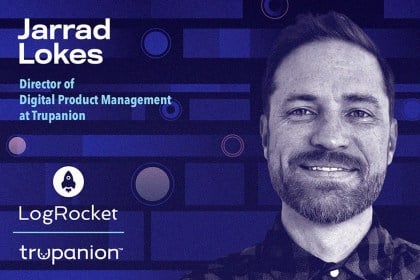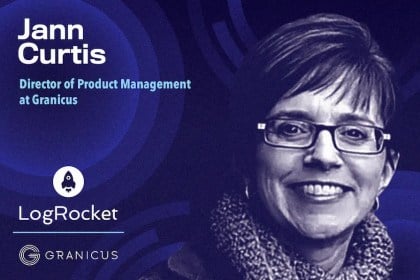
As a product manager, you express customer needs to your development teams so that you can work together to build the best possible solution.

Karen Letendre talks about how she helps her team advance in their careers via mentorship, upskilling programs, and more.

An IPT isn’t just another team; it’s a strategic approach that breaks down unnecessary communication blockades for open communication.

Aditi Jain discusses listening to your consumers’ emotional needs and using that to create an experience that goes beyond just transactional.

By focusing on how a product can solve problems or enhance the customer’s life, you create more compelling and relatable value propositions.

Dane Molter shares how he pushes his teams to adopt a business mindset and to think about the broader portfolio and overall business impact.

A product platform is a shared set of technology, procedures, and components that allows the development of a set of related products.

Jarrad Lokes, Director of Digital Product Management at Trupanion, shares how trust is an artifact of the transparency and value you provide.

To help demystify stakeholder management, you can use tools that introduce a structured approach for your product team.

Role-definition frameworks like RACI, RAPID, and RASIC take a structured approach to assigning roles and clarifying accountability.

Jann Curtis talks about understanding your audience’s purpose and what they hope to get from the conversation.

Scaled agile is an approach that allows you to extend agile principles across multiple teams, projects, or business units.